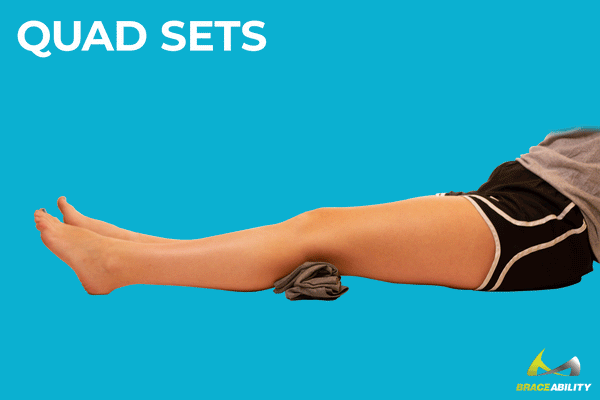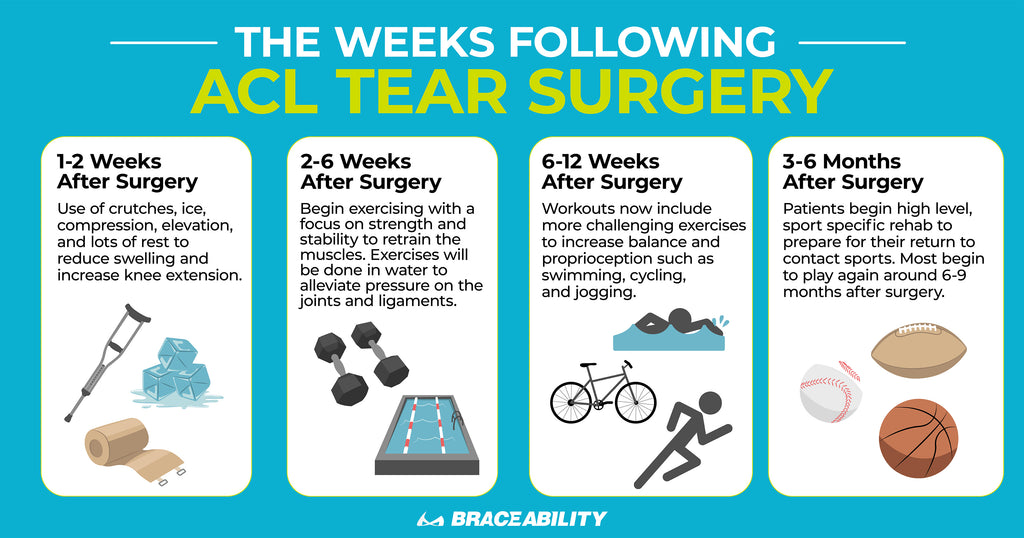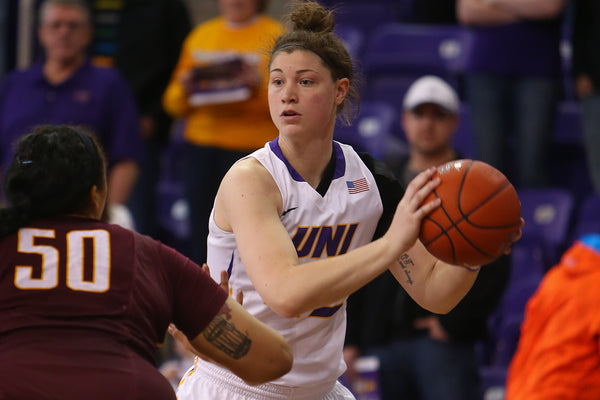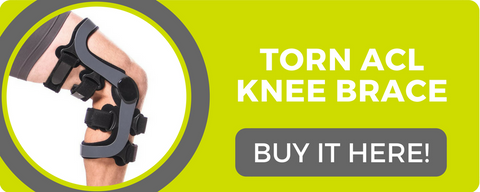Tearing Your ACL: Advice from Former College Athlete and Athletic Trainer
Jennifer Keitel, a native of Dewitt, Iowa, grew up as an Iowa Hawkeye fan. Little did she know, she would soon be wearing the University of Northern Iowa’s logo on her chest. She had been recruited out of high school by the University of Iowa, but as soon as she stepped foot on UNI’s campus, she knew that’s where she would be playing basketball. When asked why she chose UNI over U of I, Jen says, “I really liked the facilities, the coaching staff, the size of the campus, and that it felt like I was going to be a part of a family and of something great! I think the impact of my official visit and being offered the scholarship also made a difference, as UNI was the first school to officially offer me a scholarship to play basketball.”

As a former college athlete, Jen has an array of memories on the basketball court. She had experienced everything from leading the University of Northern Iowa Women’s basketball team, being named First Team All-Conference and First Team All-Academic in the same season, to tearing her ACL during the next. This changed Jen’s plans for her upcoming season.
Optimistic about her upcoming season, after two honorable awards her Redshirt sophomore year, Jen was excited to get the ball rolling again. The 2014-2015 season was underway when Creighton University came to the McLeod Center, home of the UNI Panthers, to play a non-conference game early in the season.
Ten minutes into the first half, the ball was passed to the player Jennifer was guarding. Thinking she was going to put up a shot, Jennifer hurried to close out. At the last minute, the Creighton player decided to drive the ball left instead, causing Jennifer to shift her body at the last second.
This instinctual movement proved to be devastating for Jennifer. She immediately collapsed, overtaken by pain. She was quickly shuffled away by the athletic trainer and team doctor to the training room. Shortly after beginning the tests to her knee, they knew that Jennifer had torn her ACL.
3 Steps After Tearing Your ACL: What Happens Next?
-
Prehab
Prehab refers to exercises prior to an event or surgery to strengthen the surrounding muscles. When you get surgery, your muscles atrophy very quickly; prehab helps to slow this process down.
-
Surgery
The ACL reconstruction surgery is very simple. Typically, your doctor will use arthroscopic surgery on your ACL. This means they will insert tiny tools and a camera through small cuts around your knee. This is a good method because it allows for less scarring than an open-knee surgery.
Your doctor will remove the torn ligament from your knee, replacing it with new tissue. This is so your knee will become stable again and have the full range of motion that you had before you got hurt.
-
The Weeks Following Surgery
Light exercises are encouraged to start right away after surgery. According to Hannah Hutcheson, a certified Athletic Trainer and recent graduate of UNI, quad sets are the most common exercise that patients start with. This is done by sitting down with your legs extended and contracting your quads, holding it, and then relaxing again.

1-2 Weeks After ACL Surgery
The first 1-2 weeks, you will be on crutches, until you are comfortable walking without them. During weeks 1-3, you will be focused on decreasing the swelling and increasing knee extension. A large part of this will be Rest, Ice, Compression, and Elevation (RICE).
2-6 Weeks After ACL Surgery
Week 2-6 will have an emphasis on strengthening and stability. Now, the exercises will help to re-educate your muscles. During this time, a lot of the exercises will be done in the water. Jennifer Keitel shared her experience with the ‘Hydroworx’ machine that UNI’s athletic department uses.
The Hydroworx machine looks like your average, small-sized pool. At the bottom, there is a treadmill that allows athletes or patients recovering from an injury to exercise without putting weight on their injured ligaments or joints. The water is kept at approximately 94 degrees Fahrenheit in order to keep muscles, joints, and ligaments loose.
More Than 6 Weeks After ACL Surgery
You will be able to start more challenging exercises including balance and proprioception exercises during weeks 6-12. You can also start swimming, cycling, and jogging at this point.
3-6 Months After ACL Surgery
During the 3-6 month phase, the emphasis should be placed on sports. You will do high-level sport specific rehab exercises and activities during this time. After this, during the 6-9 month phase, you should be able to return to contact sports. Most athletes will wear a supportive brace to help keep their knee stable.

Advice From Former Collegiate Athlete and Athletic Trainer on ACL Tear
Jennifer and Hannah both offer the same piece of advice: DO YOUR STRETCHES AND EXERCISES. It is a long process, but small gains are huge in the long run. Hannah says, “If you want to be healed around the 6-9 month mark, follow the protocol the professionals give you. Don’t be discouraged if you have setbacks or aren’t recovering as fast as your buddy did when he had ACL surgery. Everyone and every situation are slightly different.” The exercises and stretching may seem pointless at the moment, but over time those movements are the one thing that will help your knee return to how it was before.
Jennifer advises, “Focus on the process because it is a long one and there are going to be good days and bad days where you feel frustrated. If you have an athletic trainer working with you, thank them, because it is not just you going through the process, but them as well. They are there helping you from the time you get injured to the time you are cleared; they are just as invested!” After a long recovery process, Jennifer finally returned to normal and was on the court once more.










